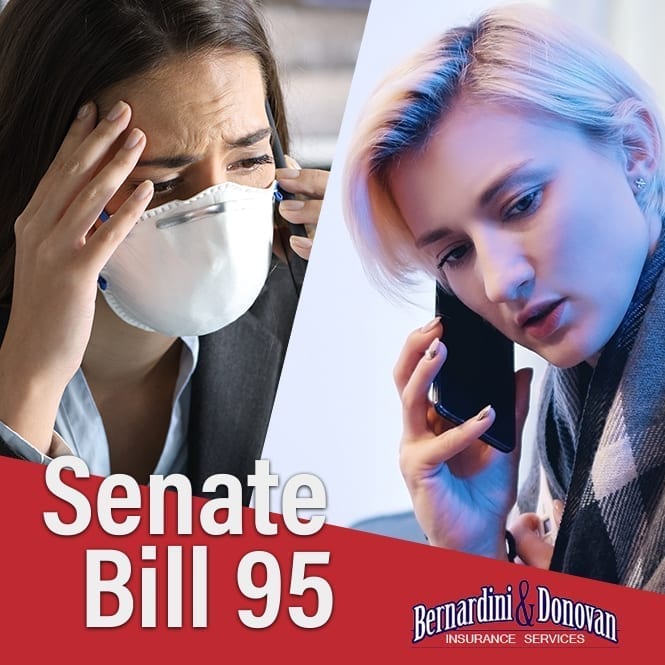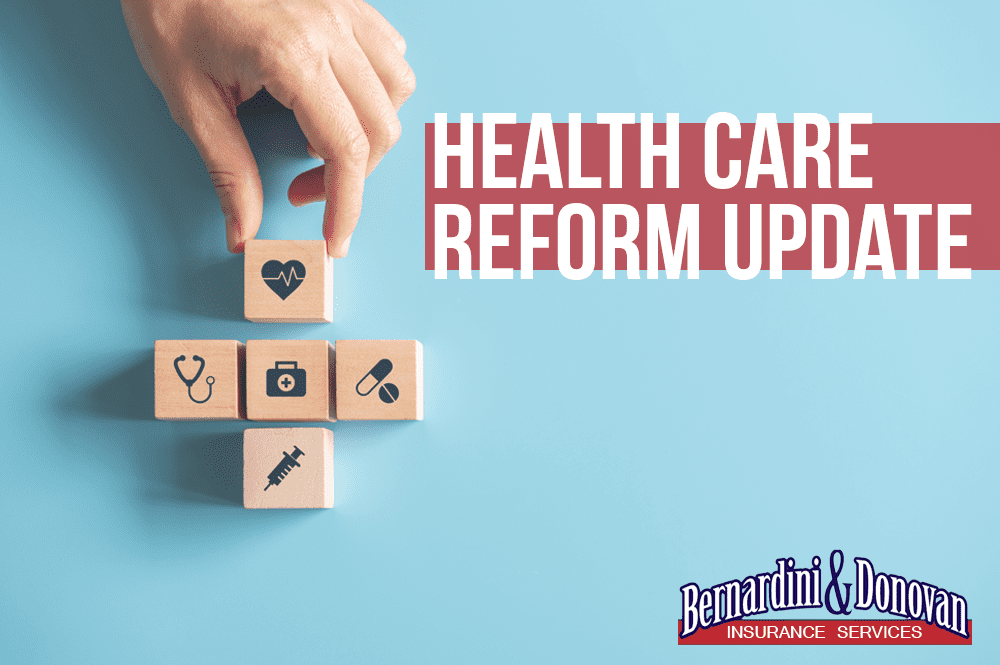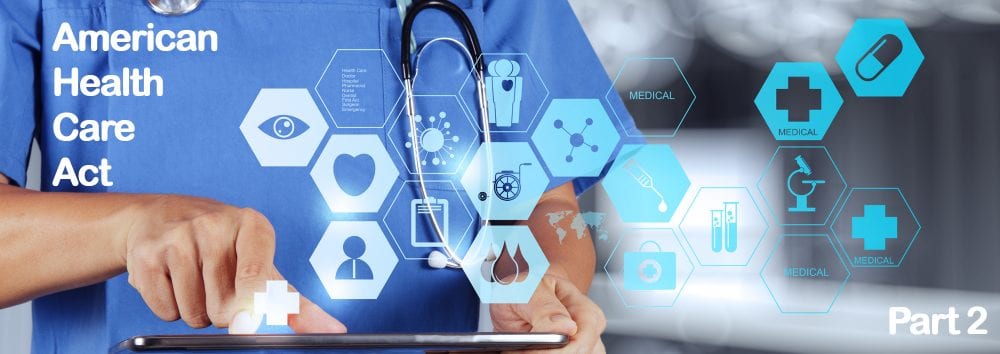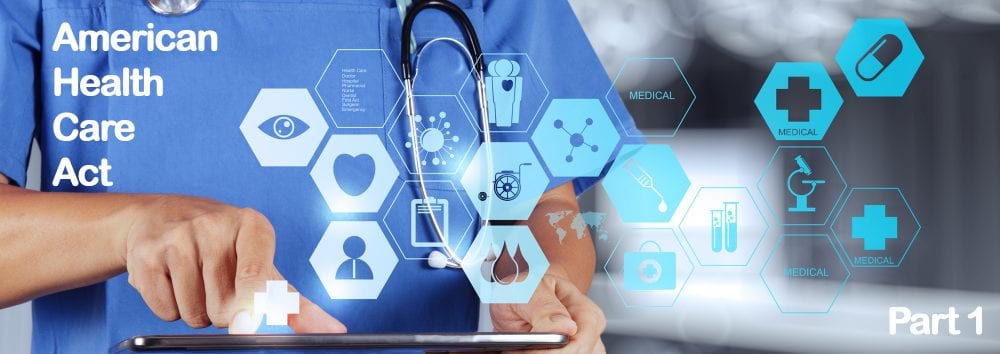
Details of the recent SB 95 Bill that provides supplemental sick leave as a result of Covid-19
In part I of this blog, we talked about the past Assembly Bill 1867, sick leave hours for the newest SB 95 bill, and eligibility. Today, we’ll be discussing the following points:
-
How SB 95 interacts with other leave laws
-
Requirements, notices, and pay stubs
-
Compliance recommendations
SB 95 Interaction with Other Leave Laws
An employer may not require an employee to use other paid or unpaid time off before the employee uses SB 95 leave.
California Sick Leave – The Healthy Workplace Healthy Family Act
SB 95’s paid sick leave is in addition to any paid sick leave available pursuant to California’s sick leave law, known as the Healthy Workplace Healthy Family Act of 2014, established in Labor Code section 246.
Cal/OSHA Emergency Temporary Standards Required Paid Leave
Late last year, Cal/OSHA enacted Emergency Temporary Standards (ETS) that required employers, among other things, to prepare and implement a COVID-19 Prevention Program. Employers also had to provide “continued earnings” to employees who were excluded from the workplace because of work-related exposures or positive COVID-19 cases. SB 95 clarifies that employers may require an employee to exhaust supplemental paid sick leave under SB 95 before becoming eligible for “continue earnings” under the ETS.
If an employee took leave for an SB 95 qualifying reason after Jan. 1, 2021 pursuant to any federal, state, or local law, or employer-provided COVID-19 leave, it can be counted as leave provided under SB 95. The employer might be required to provide retroactive payment to the employee for the leave taken if it was unpaid or not paid at the level required by SB 95.
Retroactive Pay Requirement
SB 95 supplemental sick leave became retroactive to Jan. 1, 2021. The new law established these provisions for retroactive payments:
-
The employee took supplemental paid sick leave specific to COVID-19 on or after Jan. 1, 2021 (for example, a city-mandated leave for quarantine).
-
The leave was for one of the reasons covered by SB 95, as defined above.
-
The leave was either unpaid or paid at a lower rate than mandated by SB 95.
If all of these conditions are met and the employee requests retroactive pay either orally or in writing, the employer must comply. Once retroactive payments are made, employers may take credit for the leave hours previously provided.
Retroactive payments must be paid on or before the next full payroll period after the employee requests it. And employers might have to replenish the PTO, vacation, or other leave banks of employees who used them while on an SB 95 leave prior to its enactment.
Requirements and more
Notice Requirements
Employers must provide employees with notice of the new law. The Labor Commissioner’s Office will release a model notice by the end of March. Employers may provide this notice electronically.
Pay Stub Requirements
-
The COVID-19 supplemental paid sick leave balances must be included on itemized wage statements.
-
The COVID-19 supplemental paid sick leave must be denoted separately from regular paid sick days.
For employees that have part-time and variable schedules (making their leave entitlements variable), the new law specifies that the employer satisfy the wage statement obligation by doing an initial calculation of leave available and indicating “variable” next to it on the initial and subsequent wage statements. The calculation must be updated when leave is taken.
In-Home Health-Care Providers and Firefighters
A separate section in SB 95 outlines similar leave requirements for providers of in-home health care and supportive services firefighters.
Compliance Recommendations
Employers are encouraged to take these steps to ensure compliance with the new law.
-
Educate and train human resources and payroll employees about the new supplemental paid sick leave requirements. Employers might want to include in the training the new law’s impact on Cal/OSHA’s emergency temporary standard (ETS) exclusion pay, as well as the requirement that the employer replenish vacation, sick leave, and PTO banks for leave taken since Jan. 1, 2021 for a covered reason.
-
Direct payroll employees to create or reinstate a separate COVID-19 supplemental paid sick leave designation on wage statements.
-
Watch for and post and/or electronically distribute the COVID-19 supplemental sick leave model notice the labor commissioner issues.
Be sure to check out part I of this blog to get all the details on the SB 95 bill.


 California Employers Must Provide 80 Hours of
California Employers Must Provide 80 Hours of 
 Taking a look at the nation’s healthcare agenda for 2021
Taking a look at the nation’s healthcare agenda for 2021



